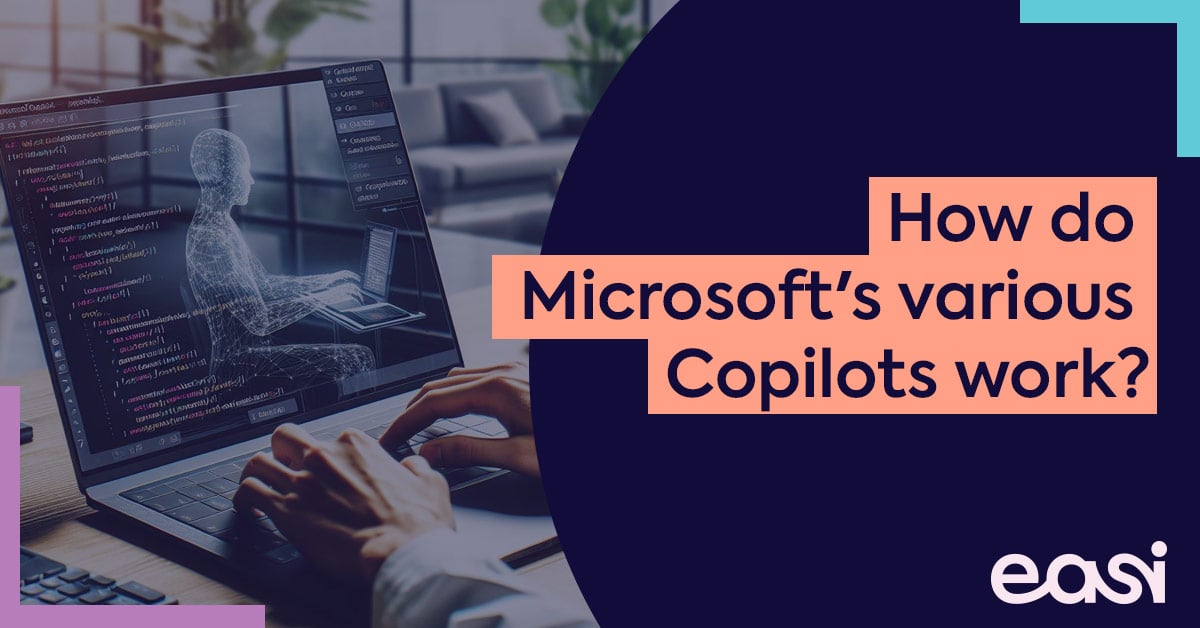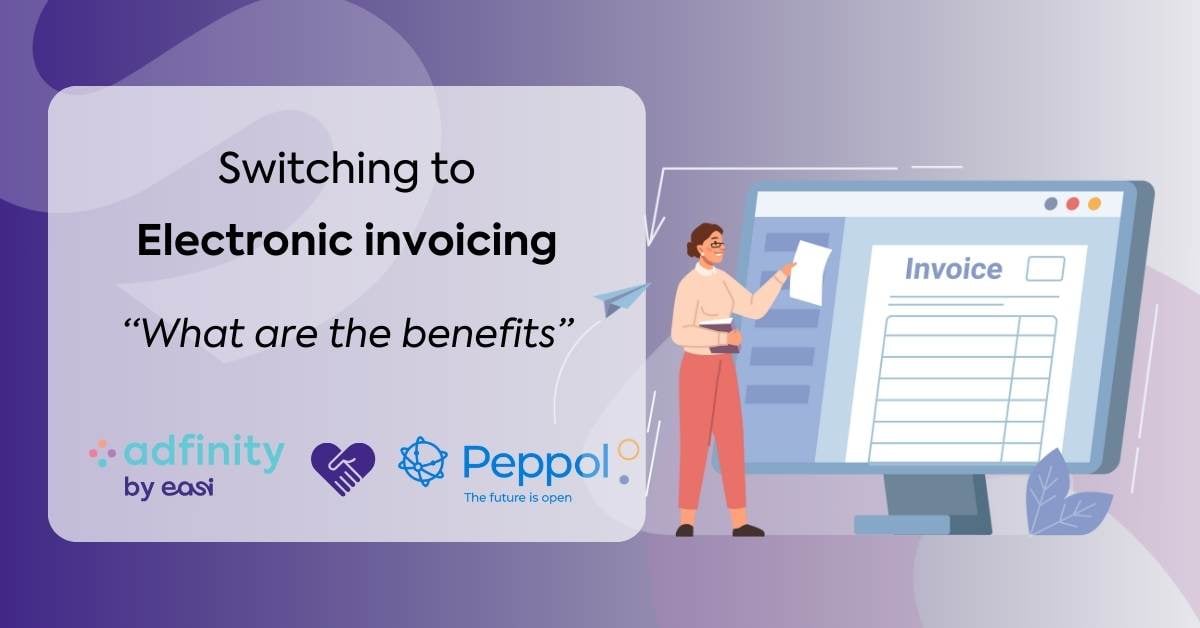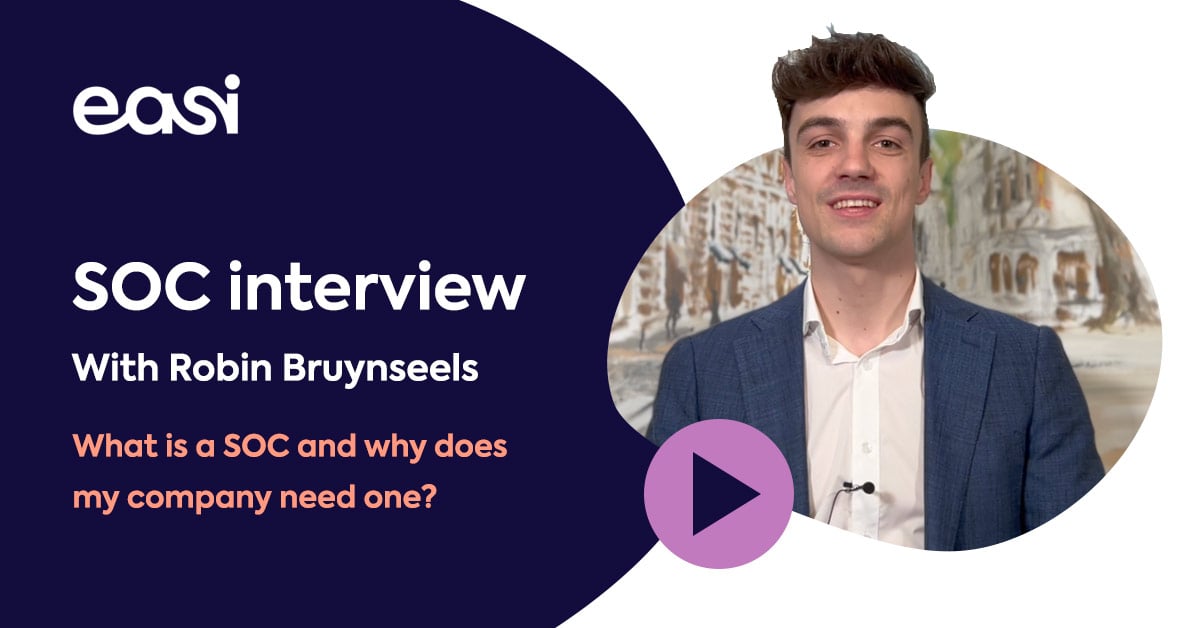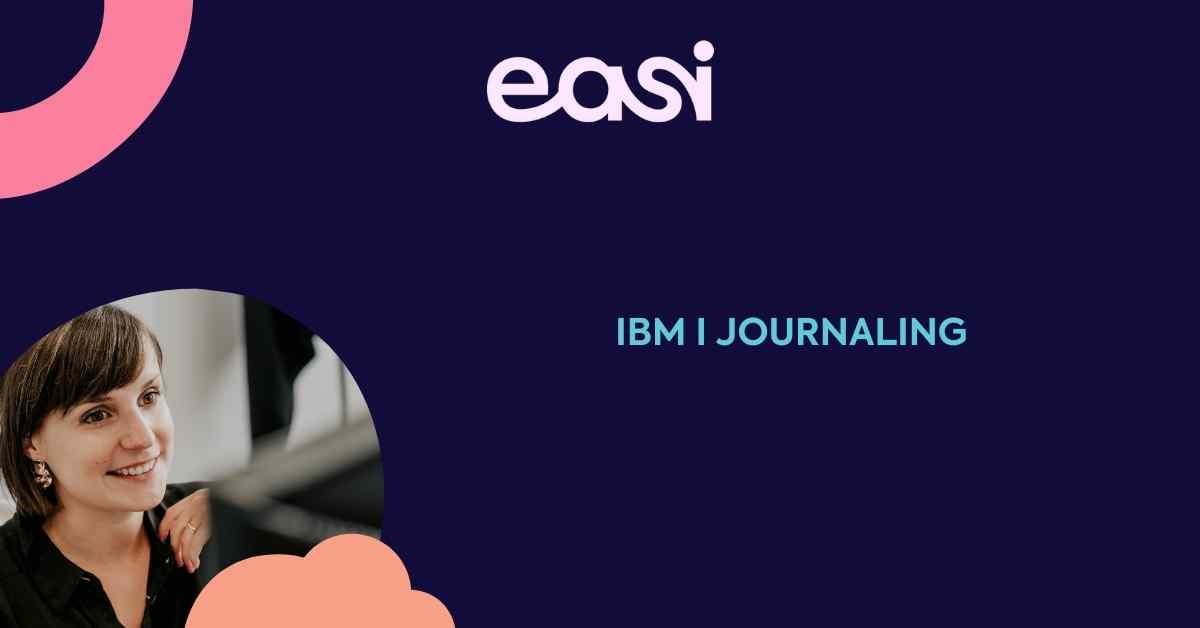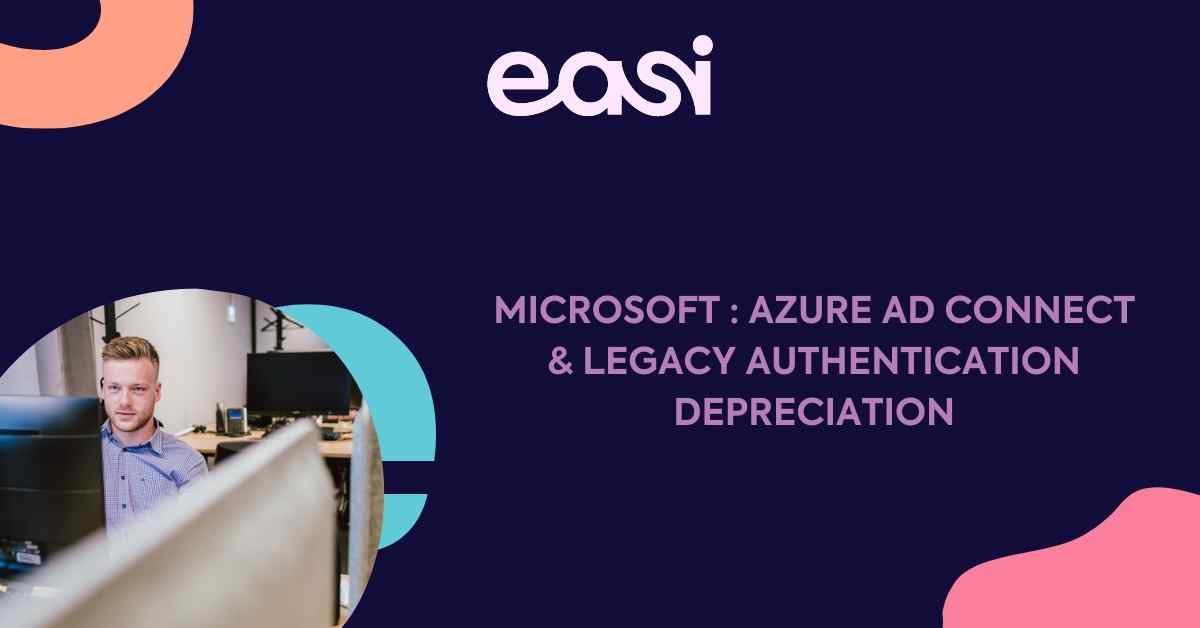The key message of this event that I take home from this edition is: "Realize what is possible". It is really the combination of software and hardware that brings this to life. There has been a lot of innovation over the past few years, but this year I really feel that everything has become more mature.
The evolution of the performance of hardware over the past few years is just astonishing. Faster, denser, more scalable hardware is now ready to run any app, any workload with the best user experience. The evolution itself is becoming faster and faster. Let me share some details on the highlights of this years edition of VMWorld.
Storage
I'm super exited about the new nvme flash drives that are already on the market today. These drives will be the new revolution in storage market space. These type of drives offers sequential throughput of 3,270Mbps (read) and 2,100Mbps (write) with 694,000 (read) and 228,000 (write) IOPS. This is a performance increase of 1000X over a classical 15K drive, which can deliver you 200 IOPS. This evolution will drive software defined storage as a the new standard.
Software Defined Storage
The new version of virtual SAN will support
- data encryption at vmdk level
- new nvme flash drives will be supported by end of the year
- enhanced stretched cluster, which allows you to protect your virtual machines locally on one site and copies them to a remote site.
In case of a site failure, vSphere HA will re-start the virtual machine on the secondary site. This will significantly simplify site recovery in a campus.
End User Computing
The most difficult part in end user computing (Virtual Desktop & Xenapp) projects is delivering a very good end user experience. A virtual desktop needs to be as performing, or perform even better as your classical laptop/desktop. The 2 main performance problems with VDI projects were storage performance and CPU performance. With the new generation of flash drives, storage performance issues will be rare.
CPU performance however needs to be addressed by off-loading CPU to Graphical Cards. The reason why VDI & Xenapp projects are CPU hungry is that we move our applications more and more from traditional applications to SaaS based applications. Most SaaS based applications are offered in web browsers. Since all web applications need to be sexy, a lot of image and video de-compressing needs to be done. And since there is no graphical card in normal servers, all graphical processing needs to be handled by the CPU, which becomes a bottleneck.
The difference in CPU usage in a system installed with GPU vs a system without is amazing. It can go up to 70% lower in CPU usage on your server.
So I'm really excited about the new NVIDIA M10 & M60 Graphical Cards. The new generation cards are more powerful, can serve more people, and comes almost at the same price as the old K1 and K2 cards, which brings the price per user significantly down. Depending on the workload, the M10 card can serve 64 users, the M60 card can serve 32 users. The extra $$ you spend on having a Graphical Card in the server, will save you significantly on CPU usage on your server. Which means that you can put more users on one server, which brings in the end the price per user down. The end user experience for VDI and Xenapp Workloads are 50 to 70% better than systems with no Graphical cards installed.
Conclusion: It is a no-brainer to install graphical cards in your VDI environment!
As an illustration, hereunder a view on the CPU usage level without and with a graphical card:


VMware Horizon Application delivery
I must admit, in the past it was difficult delivering the applications to the end user. It was hard to maintain the master templates with all the applications, especially in an environment with many different applications.
Since a few years, applications can be delivered with app volumes to the end user desktop. App volumes makes it easy to deliver, update, manage and monitor applications and users across virtual desktop (VDI) and published application environments. You are able to deliver new applications to your end users very fastly.
Bringing all this together, VDI will significantly drive down hidden operational costs to maintain your desktop environment. EASI can assist you with the correct sizing and installation of these kinds of workloads. We can also offer these solution as a cloud service in Cloud2be.
Cloud Strategy
Security
The keyword for security in Cloud environments is VMware NSX. NSX will bring you micro segmentation with a "trust no-one" approach. NSX will also give you the possibility to extend your on premise environment to Cloud2be. You don't need to have NSX installed on premise, only a NSX VPN tunnel system. This will allow you to create your hybrid environment where some workloads are on premise and some workloads run in Cloud2be.
Automation
Automation is also one of the buzz words the latest years. Automation will bring you the following advantages
- Less prone to human error as deployments are standardised
- Faster & better deployments
- Better security
Self Service Portal
The new self service portal is equiped with a HTML5 browser, which brings you a better user experience as a end customer. The workflows behind the self service portal are also simplified in such a way that creating a new vm is done with only a few choices. vCloud Director Extender, an easy to use plugin to be installed in your vCenter, allows you to connect your vCenter to Cloud2be to migrate workloads from on premise to Cloud2be. EASI is working hard to deliver this self service portal which gives the customer the ability to easy migrate and easy deploy virtual workloads in Cloud2be.
Greetings from VMWorld!

